Question of the Week – Number 1: January 16, 2020
“What is the best tall shrub or small tree for privacy? There is an apartment house being built behind us.”
Start by determining the height of plant that you’ll need. The depth of your property will also be a factor, because tall plants can often take up a lot of ground space.
For average city lots…
• Nellie R. Stevens hollies. These are my go-to privacy plants. They’re good in sun or shade. They grow to be 10 to 16 ft. tall and 8 to 9 ft. wide, although larger specimens are often seen with age. Suited to all of Texas. Large red berries all winter.
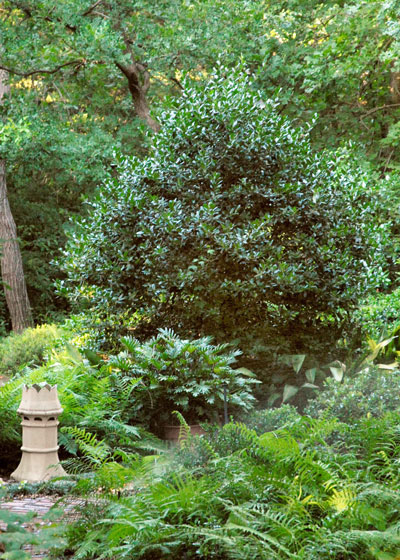
• Waxleaf ligustrums (waxleaf privets). Not to be confused with the highly invasive Japanese ligustrums and Amur River privets, waxleafs grow to 8 or 9 ft. tall and 7 or 8 ft. wide. They’re good in sun or part sun and in the southern two-thirds of the state.
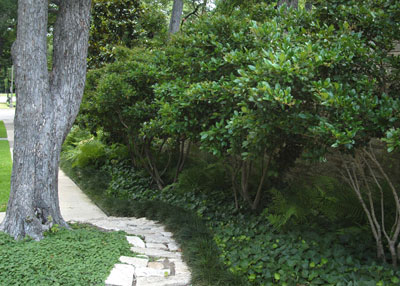
• Willowleaf hollies (also known as Needlepoint hollies). These are similar to Nellie R. Stevens hollies, only slightly smaller. They bear fruit reliably, and they’re well suited to sun or shade. Their mature height is 9 or 10 ft. if not sheared. Grow well in all of Texas.
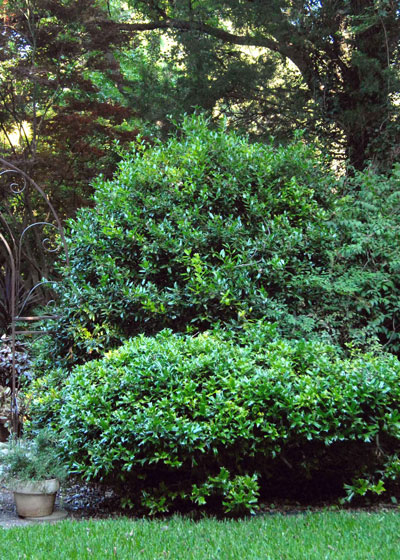
For larger landscapes…
• Eastern redcedar juniper. This is the native redcedar from the eastern half of the state. Planted in full sun and on staggered 18- to 22-ft. centers it can make a very natural looking screen. It’s tolerant of droughts once established and other than needing a rare treatment for bagworms in early summer it has no serious pest problems.
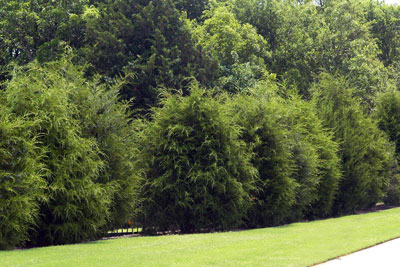
• Little Gem southern magnolia. This dwarf form of our native southern tree is half-sized in all respects. It makes a lovely screen when planted on 15-ft. centers. It’s comparatively slow-growing, so start with larger specimens and keep them well watered.
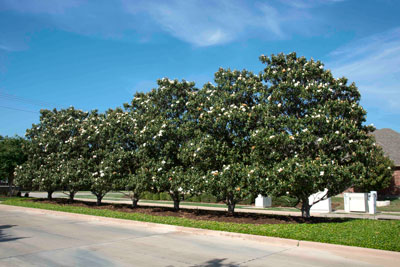
Types to avoid…
There are several plants that get considered as privacy screens – and that really never should be.
• Golden bamboo is perhaps the most invasive plant in all of Texas.
• Redtip photinias are highly susceptible to the fatal Entomosporium fungal leaf spot.
• Japanese ligustrum reseeds itself all over the neighborhood.
• Columnar junipers are subject to Phomopsis twig canker and dieback.
• Italian cypress and Leyland cypress fall victim to Seiridium canker, a fatal disease.
